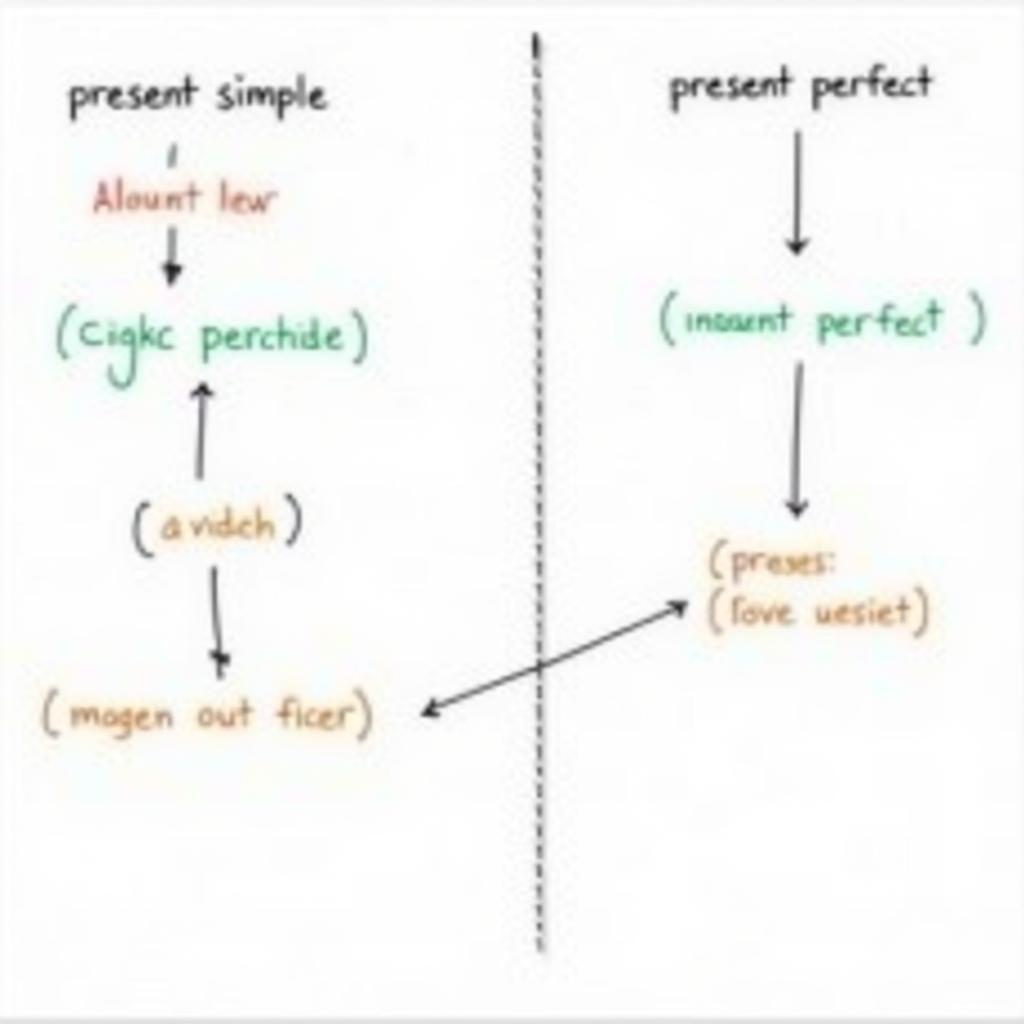Mastering precise grammar usage is essential for achieving high scores in IELTS writing tasks. Whether you’re describing trends, comparing data, or explaining processes, your ability to use grammatical structures accurately can significantly impact your band score.
Understanding the Role of Grammar in IELTS Descriptions
Grammar serves as the foundation for creating clear, accurate descriptions in IELTS writing. As with writing complex task 1 descriptions, proper grammar ensures your ideas are conveyed effectively and professionally.
Key Grammatical Elements for Descriptive Writing
- Present Simple vs. Present Perfect
- Use present simple for general facts and permanent situations
- Apply present perfect for recent changes or ongoing trends
- Combine both tenses to show relationship between past and present

- Comparative and Superlative Structures
When using adjectives effectively in writing, remember to:
- Use comparative forms for two-item comparisons
- Apply superlative forms for highlighting extremes
- Include appropriate quantifiers and modifiers
Advanced Grammar Techniques for Enhanced Description
Complex grammatical structures can elevate your writing quality:
- Relative Clauses
- Define and elaborate on specific elements
- Add supporting details seamlessly
- Create more sophisticated sentence structures
- Passive Voice Construction
As demonstrated in As defined by, passive voice can:
- Maintain formal academic tone
- Emphasize actions over actors
- Present information objectively
Precision Through Article Usage
Understanding how to use articles effectively is crucial for accurate descriptions:
- Use ‘the’ for specific references
- Apply ‘a/an’ for general examples
- Know when to use zero article
Complex Sentence Structures
Advanced writers often employ structures like Use of ‘it surveys that’ to:
- Present survey findings professionally
- Introduce statistical information
- Report research results accurately
Best Practices for Grammatical Precision
- Maintain Consistency
- Keep tense usage consistent throughout paragraphs
- Ensure subject-verb agreement
- Match pronouns with their referents
- Use Appropriate Modifiers
- Apply adverbs precisely
- Position modifiers correctly
- Choose specific rather than general modifiers
Common Pitfalls to Avoid
- Overcomplication
- Don’t use complex structures unnecessarily
- Avoid redundant expressions
- Keep sentences clear and focused
- Inconsistent Tense Usage
- Maintain logical time sequences
- Use appropriate tense shifts when needed
- Be consistent within paragraphs
Conclusion
Mastering grammar for precise descriptions requires consistent practice and attention to detail. Focus on using appropriate structures, maintaining consistency, and avoiding common errors. Remember that clarity and accuracy are more important than complexity in IELTS writing.
Frequently Asked Questions
Q: How can I improve my grammar accuracy in IELTS descriptions?
A: Practice using various grammatical structures, study model answers, and regularly review your writing for common errors.
Q: Should I prioritize complex grammar over simple structures?
A: Use a mix of simple and complex structures, ensuring accuracy and appropriateness for your task.
Q: How important is grammar compared to vocabulary in IELTS writing?
A: Both are equally important; good grammar ensures your vocabulary is used effectively and meaningfully.
Q: What’s the best way to check grammar in my writing?
A: Self-review your work, use reliable grammar checkers, and practice identifying common errors in sample texts.